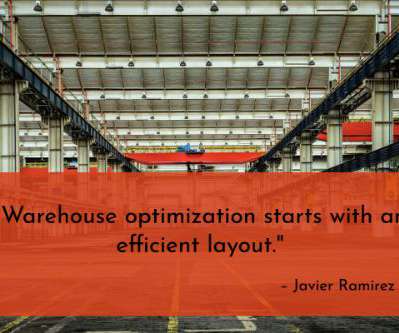Making the Most of Markdowns
RELEX Solutions
JUNE 26, 2019
So why do we even mark products down? Shouldn’t a forecasting and replenishment solution mean you need fewer markdowns? Retailers who have optimized their store replenishment to more accurately match supply to demand can achieve up to 30% reduction in markdown and spoilage costs — but cannot eliminate markdowns entirely.
















Let's personalize your content